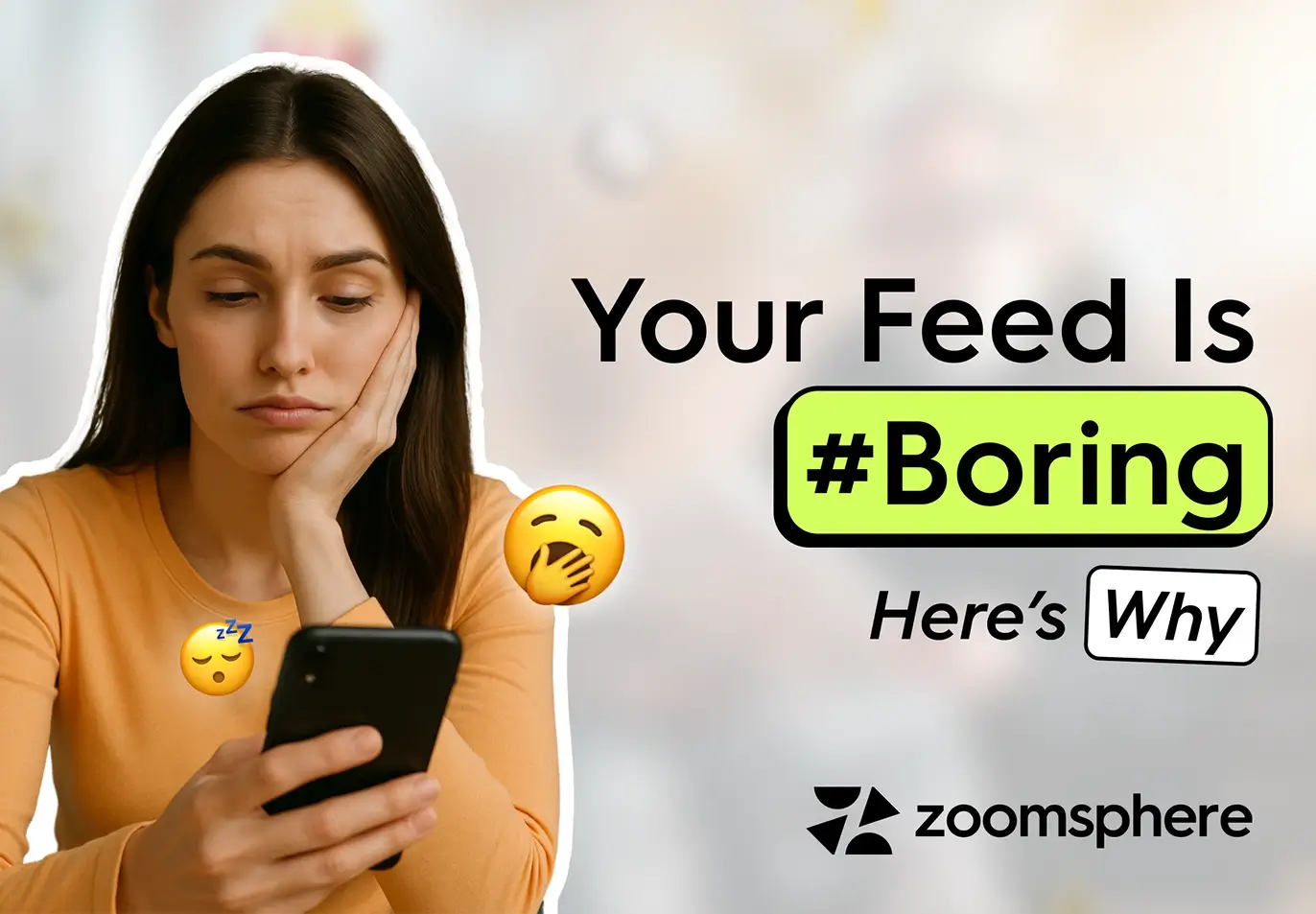#Content
Thank you! Your submission has been received!
Oops! Something went wrong while submitting the form.
%20(1).webp)

Blog
The Most Trusted Creators Might Already Be on Your Payroll
%20(1).webp)

Blog
How Loud Should a Founder Be Online?
%20(2).webp)

Blog
Let’s Talk AI Content Creation and Why It’s Giving SEO a Headache


Blog
Stop Using Content Curation to Cover Up Lack of Ideas


Blog
Your Brand Isn’t Perfect—And That’s Exactly Why User-Generated Content Campaigns Work
%20(1).webp)

Blog
Want Better Engagement? Here's How Pros Are Using Polls
%20(1).webp)

Blog
Faceless Content: How to Build a Personal Brand (Without Showing Your Face)
%20(1).webp)

Blog
Why Ephemeral Content Is the New Attention Currency—Spend It Wisely or Go Broke
%20(1).webp)

Blog
7 Engaging Content Ideas for Marketers Who Hate Writing Content
.webp)

Blog
Interactive Content Marketing: How to Make Your Audience Work for You (and Love It)
.webp)

Tips & Tricks
Turn Employees into Content Creators | Make the Most of EGC (Employee-Generated Content)
%20(1).webp)

Tips & Tricks
The Best Marketing Strategy for 2025 | Content Repurposing
.webp)

Blog
How Sharing Employee Stories Can Build Trust and Strengthen Your Brand
%20(1).webp)

Blog
Make More from One Post: A Detailed Guide on How to Repurpose Your Content on Different Platforms


Blog
Enhancing Content Quality through Internal Discussions and Collaboration
No results found.
No content matched your criteria. Try searching for something else.
Don’t #miss out
Get our newsletter delivered right to your inbox! Stay up to date with our newest features, content, and more!
Thank you! Your submission has been received!
Oops! Something went wrong while submitting the form.







